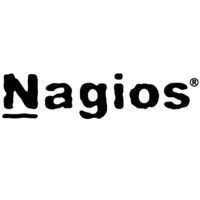Need advice about which tool to choose?Ask the StackShare community!
Icinga vs Nagios: What are the differences?
Developers describe Icinga as "A resilient, open source monitoring system". It monitors availability and performance, gives you simple access to relevant data and raises alerts to keep you in the loop. It was originally created as a fork of the Nagios system monitoring application. On the other hand, Nagios is detailed as "Complete monitoring and alerting for servers, switches, applications, and services". Nagios is a host/service/network monitoring program written in C and released under the GNU General Public License.
Icinga and Nagios belong to "Monitoring Tools" category of the tech stack.
Nagios is an open source tool with 60 GitHub stars and 36 GitHub forks. Here's a link to Nagios's open source repository on GitHub.
- free open source
- modern interface and architecture
- large community
- extendable I knew Nagios for decades but it was really outdated (by its architecture) at some point. That's why Icinga started first as a fork, not with Icinga2 it is completely built from scratch but backward-compatible with Nagios plugins. Now it has reached a state with which I am confident.
Pros of Icinga
Pros of Nagios
- It just works53
- The standard28
- Customizable12
- The Most flexible monitoring system8
- Huge stack of free checks/plugins to choose from1


































